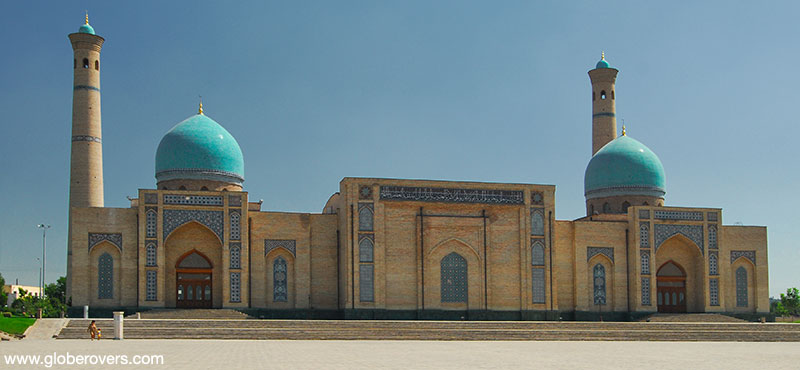
We start our journey of Uzbekistan in the fast-developing capital of Tashkent. A city proud of its history and poised for the future!
Tashkent is the financial heart and largest city of Uzbekistan. With a population of over 2 million people, capital Tashkent has a strong and rich history, and with some luck, it should have a strong and rich future.
Dating back to between the 5th and the 3rd centuries BC, this area was settled by the peoples of ancient Persia (now Iran), the Chinese, the Turks, and many others.
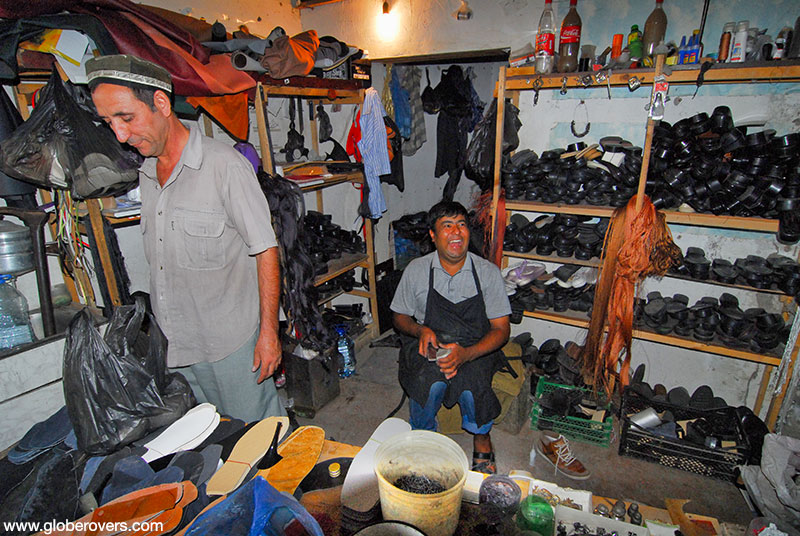
Why travel to Tashkent?
- The low-down: Tashkent has a lot of the old and a lot of the new. It’s almost a city not too comfy with its new-found wealth and fancy buildings.
- The brightest highlight? Tashkent is a pleasant city to just start walking and get lost. Discover the new and the old. Hail a private car anywhere in town as most private cars act as taxis!
- Intrepid destination? No longer an intrepid city but a great base from where to explore the vast expanses of Uzbekistan. The good train system will take you to faraway places!
- Globerovers score (10 is highest): Tashkent gets a score of 7. Some cosy accommodation comes very
affordably . Hang around town for a few days and spend a lot of time making new friends at the bazaars and enjoy the fresh fruits and other delicious homemade delicacies.
Table of Contents
A City With a Rich History
In early times it was known as the principality of Chach and then went through an Islamic period in the mid-7th century under the Persian Zoroastrian Samanid Dynasty (819–999). In 1219 Genghis Khan, founder and Great Khan (emperor) of the Mongol Empire, felt it his duty to destroy the town and kill most of its inhabitants.
However, the city was rebuilt and its culture gradually revived, and it grew substantially as a strategic town on the ancient Silk Road.
Tashkent is a clean and well-organised city with beautiful historical buildings. Chorsu Bazaar, located near the Kukeldash Madrassa, is totally authentic!
In the early 1800’s it was annexed to the Khanate of Kokan which consisted of modern-day Kyrgyzstan, eastern Uzbekistan, Tajikistan, and southeastern Kazakhstan.

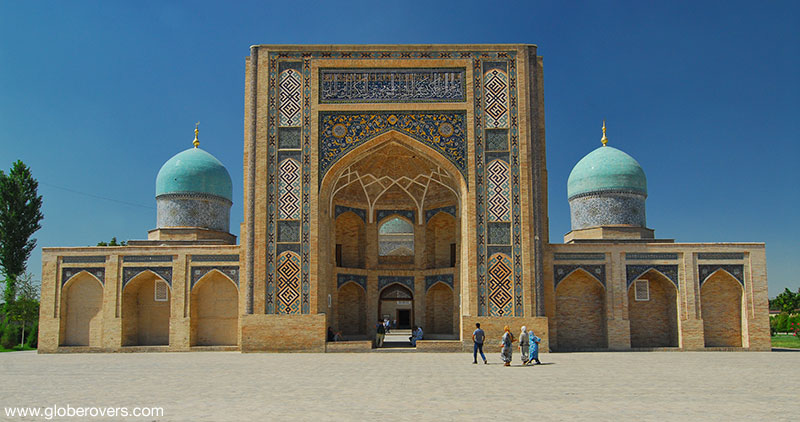
The Russian Arrival
During the mid-1800’s the Russians, under Mikhail Grigorevich Chernyayev, felt obliged to conquer the city and Mikhail declared himself “Military Governor of Tashkent”.
Tashkent then became the capital of the new territory of Russian Turkistan. With the Nazi German invasion of the Soviet Union in June 1941, many factories were relocated from western Russia and Ukraine to Tashkent in an effort to preserve the Soviet industrial power.
The city grew substantially under Soviet rule but on April 26, 1966, much of the city was destroyed by a huge 7.5 earthquake. Sadly, due to the earthquake and redevelopment programs by the Soviets, little of Tashkent’s ancient architectural heritage has survived.
Since the breakup of the USSR in 1991, Tashkent has gone through an entire revival and rediscovery of itself.
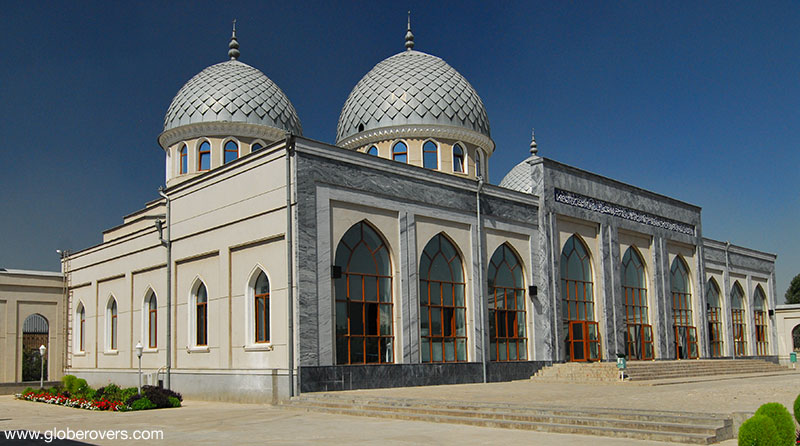

A Modern and Vibrant City
Today Tashkent is a vibrant city with modern buildings, fast cars, glitzy ballrooms, and fortunately a few historical buildings and authentic bazaars are still standing.
Notable modern buildings in downtown Tashkent include the 22-story National Bank of Uzbekistan, an Intercontinental Hotel, the International Business Centre, Xalq Bank, Dom Forum (modern congress hall) and the Plaza Building.
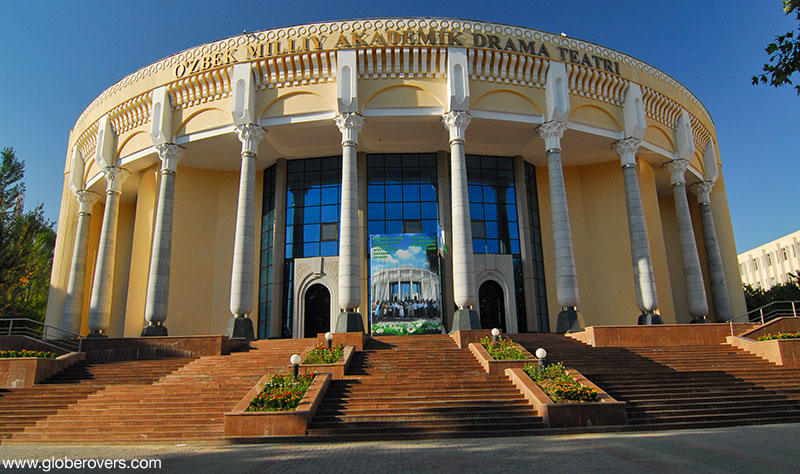


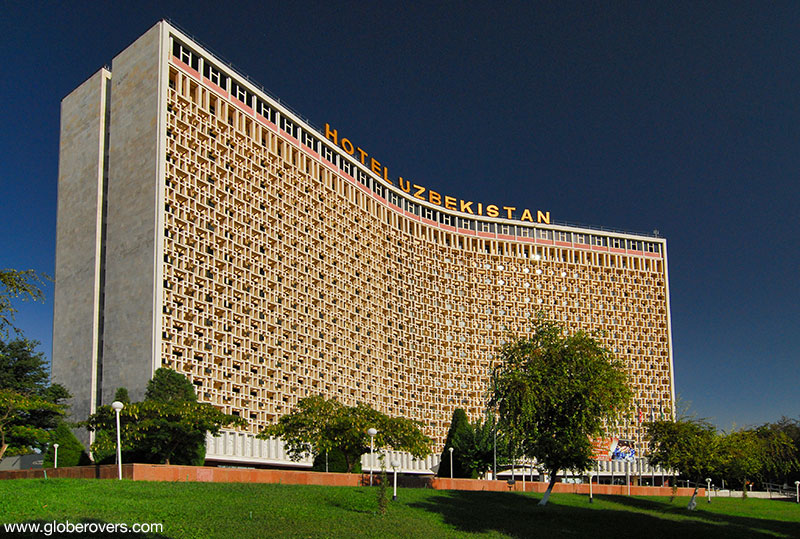
Among the most interesting sights in town are the Khast Imam complex, Kukel- dash Madrassa, Telyashayakh Mosque, Yunus Khan Mausoleum, Palace of Prince Romanov, and the bustling Chorsu Bazaar located next to the Kukeldash Madrassa.
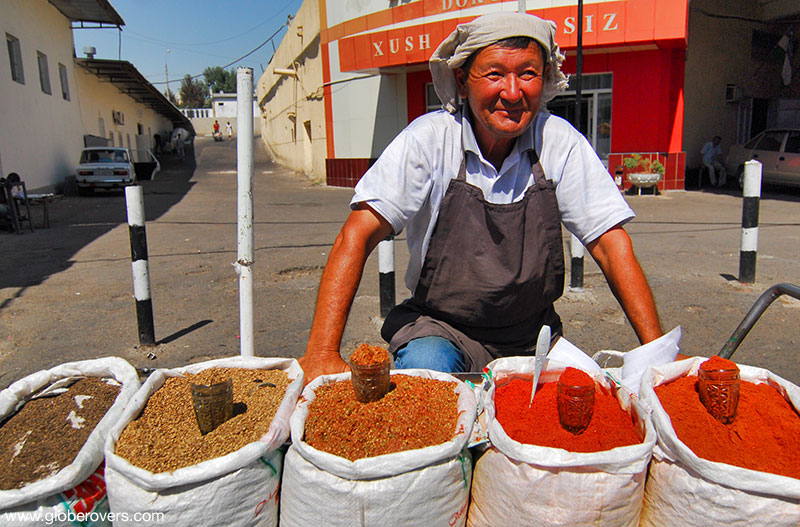
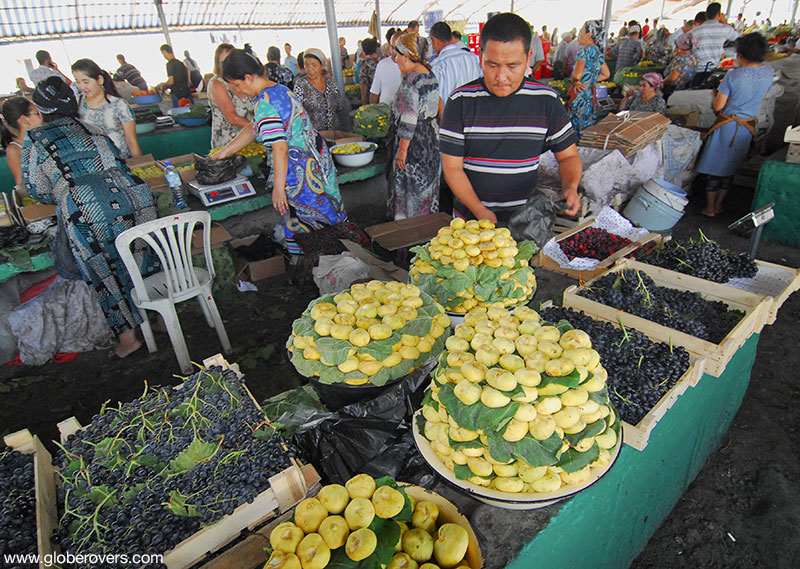
Several museums are worth visiting, such as the Navoi Literary Museum, Amir Timur Museum, Fine Arts Museum, History Museum, and Museum of Applied Arts.
One of the most beautiful religious buildings is the Holy Assumption Cathedral (Uspensky Cathedral) which is not far from the central train station.

All accommodation for foreign travellers must be registered with the local government office. The cosy Gulnara Guesthouse near the Chorsu Bazaar offers a homestay environment with a pleasant courtyard. Highly recommended is the Lotte City Hotel Tashkent Palace.
Enjoy your stay. Tashkent is a lovely city.
☛ Read more: 10 Great experiences in Uzbekistan

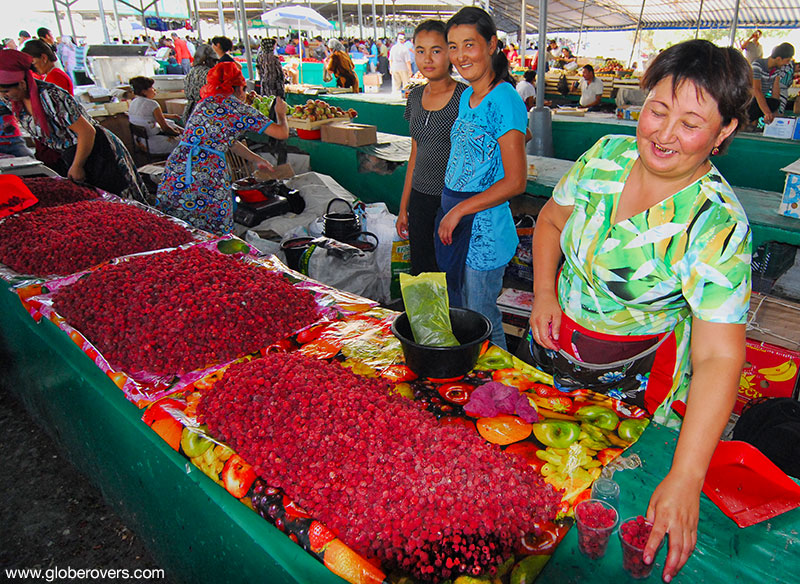





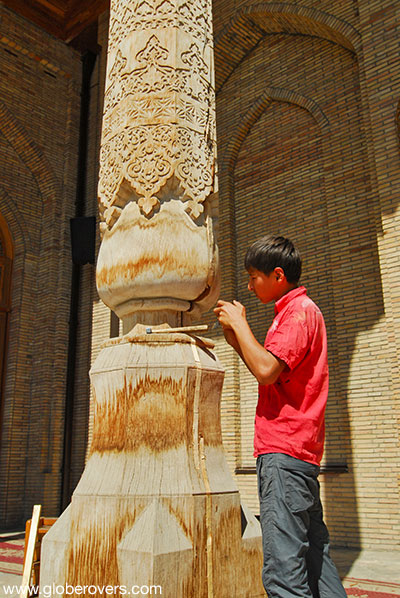
Khast Imam complex

More posts from Uzbekistan
- Central Asia Travel – Uzbekistan the Star
- The walled city of Khiva
- Bukhara, Uzbekistan’s Ark city
- Samarkand, the Uzbek scholarly city
- 10 Great experiences in Uzbekistan
Also check the full-length feature article of Central Asia, including Uzbekistan, Kazakhstan, Tajikistan, Afghanistan, and Kyrgyzstan in GlobeRovers Magazine July 2014.

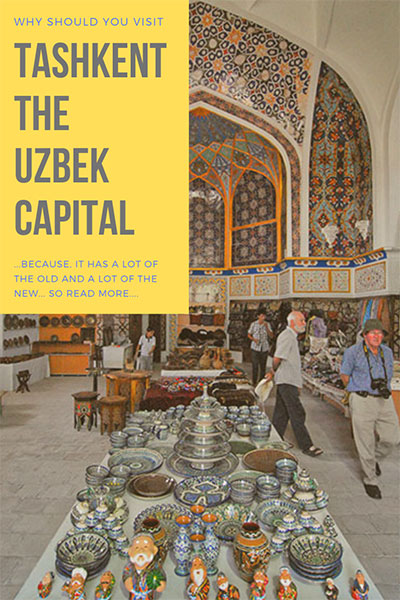

Blog post and photos by Peter who has been travelling almost full-time since 2005 and has been to over 122 countries. He visited several countries, such as Japan, more than 20 times. Peter is Editor-in-Chief and Publisher of GlobeRovers Magazine, an independent travel magazine focused on intrepid destinations.
